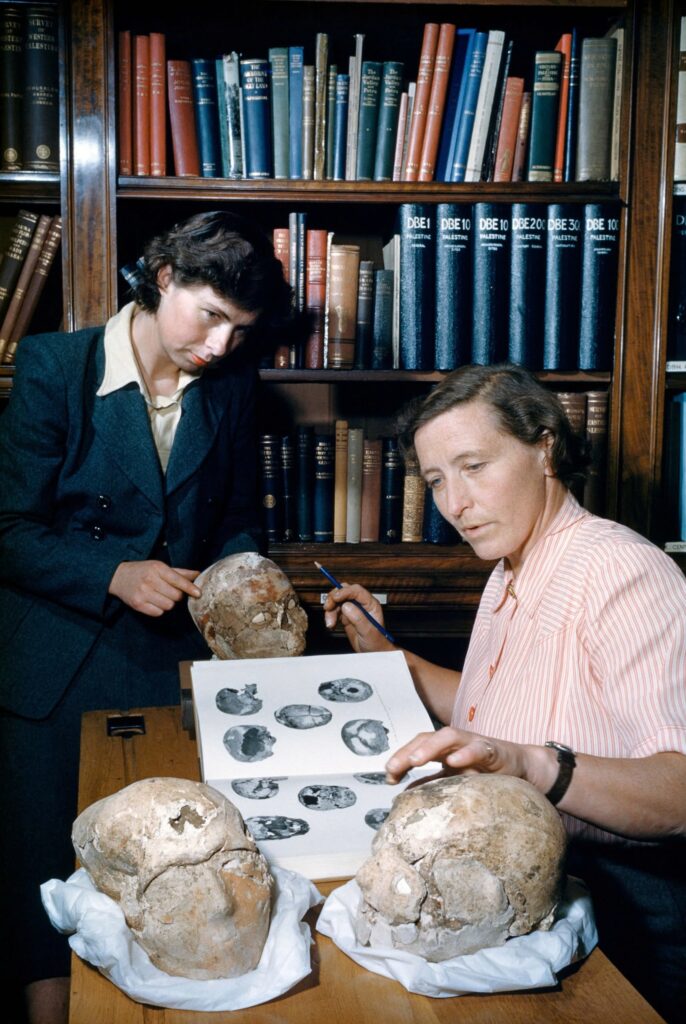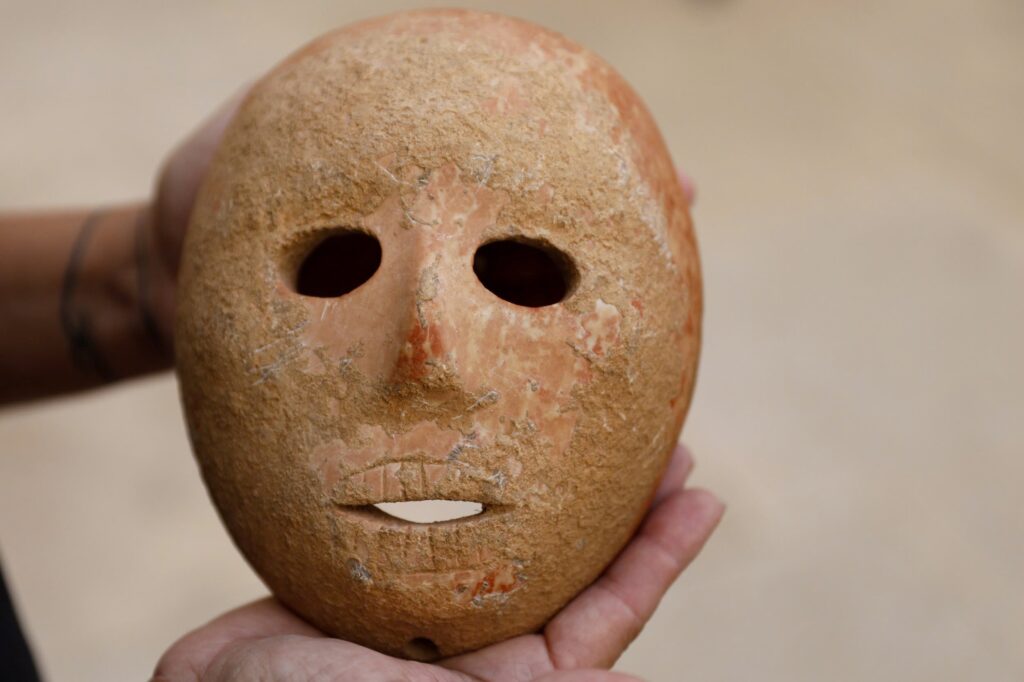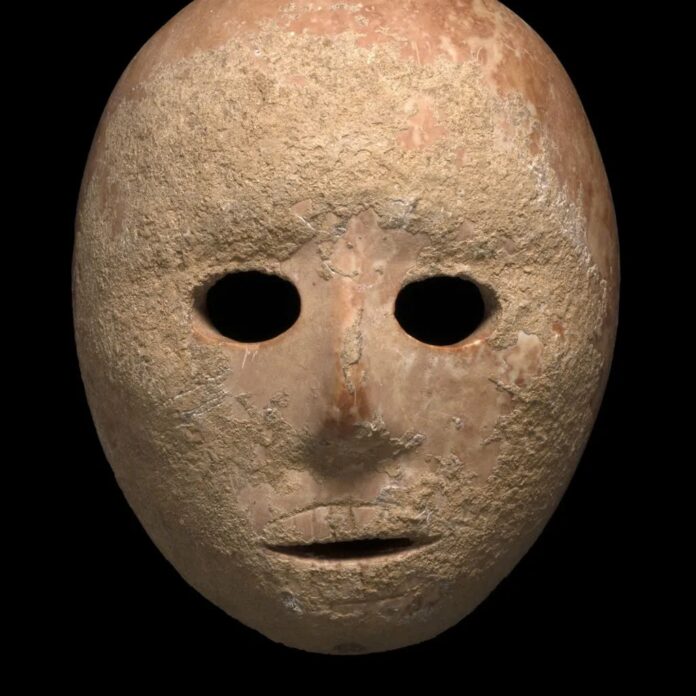Ancient Faces Emerge from the Sands of Time

In the sun-baked hills of the Judean Desert, a remarkable discovery has once again captured the imagination of archaeologists and history enthusiasts alike. The Israel Antiquities Authority (IAA) has unearthed a 16th stone mask, adding to a small but significant collection of these enigmatic artifacts dating back to the Neolithic period, some 9,000 years ago.
A Glimpse into Neolithic Society
These haunting, human-sized faces, carved from soft limestone, offer a rare glimpse into the lives and beliefs of our ancient ancestors. With their large eye sockets, defined mouths, and mysterious perforations around the edges, these masks have long puzzled researchers and sparked debates about their true purpose.

The Latest Discovery: A New Piece of the Puzzle
The recently discovered mask, found near the settlement of Pnei Hever in the southern West Bank, shares the distinctive features of its predecessors. Unlike many of the previously known masks, which came from private collections, this latest find was recovered from an identified archaeological site, providing crucial context for understanding its significance.
Unraveling Ancient Mysteries

As archaeologists meticulously analyze the new mask using cutting-edge techniques, including isotopic and mineralogical studies, they hope to shed light on its origins, production methods, and possible uses. This information, when compared to existing knowledge, may uncover new insights into the social and cultural practices of Neolithic communities in the region.
Theories and Controversies: The Ongoing Debate
Ritual Purposes or Ancient “Party Gear”?
The purpose of these stone masks remains a subject of intense speculation. Some researchers suggest they may have been used in ancestor worship or other religious ceremonies. Others propose more practical uses, such as decorative “party gear” for community gatherings or rites of passage.
Questions of Authenticity

The fact that most of the known masks come from private collections has fueled debates about their authenticity. While some experts point to surface patina analysis as evidence of their legitimacy, others remain skeptical, highlighting the need for more conclusive archaeological evidence.
Preserving a Fragile Legacy
As the story of these ancient stone masks continues to unfold, one thing remains clear: these artifacts represent a unique and irreplaceable window into our distant past. Their preservation and continued study are crucial for understanding the beliefs, practices, and social transformations of the Neolithic societies that once called the Judean Desert home.

The discovery of the 16th mask is not just an archaeological triumph; it’s an invitation to journey back in time and unravel the mysteries of our ancestors. As research progresses, we may yet unlock the secrets behind these haunting stone faces and gain a deeper appreciation for the rich cultural heritage of this ancient land.

